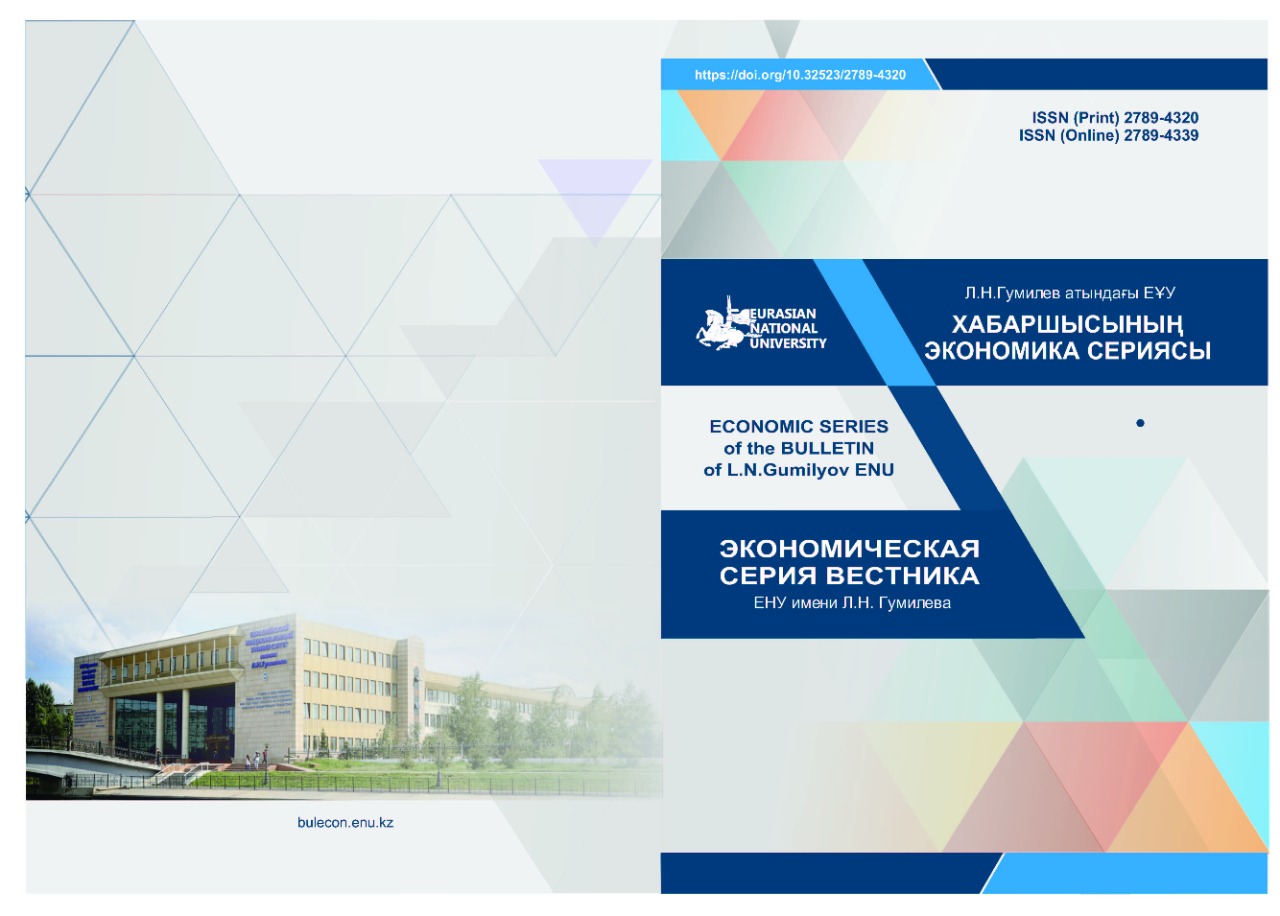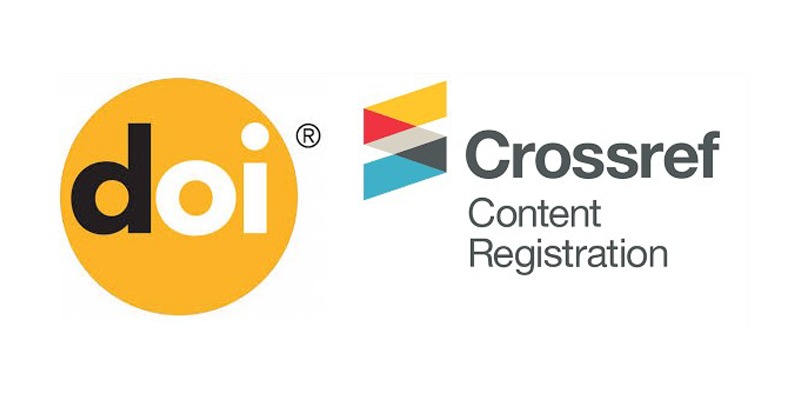Scientific basis for achievement of sustainable competitiveness of a tourist destination
Views: 299 / PDF downloads: 284
DOI:
https://doi.org/10.32523/2789-4320-2023-4-87-110Keywords:
competitiveness, competitive advantage, destination information space, digital divide, country's tourism brand, slogan, sustainable developmentAbstract
The article examines the scientific basis for increasing the competitiveness of tourist regions (destinations) of Uzbekistan by ensuring sustainable development. Production and consumption models based on three principles of sustainable tourism development; “7M Concept” of competitiveness of a tourism region; three-dimensional system of internal tourism are scientifically substantiated. 5 models of the process of forming tourist flows in the tourism market of Uzbekistan from the point of view of demand are proposed. A forecast has been developed for the types of tourism services the need for will increase and decrease by 2030 in Uzbekistan. The macro information space of the country has been studied, which consists of 1) formal macro information spaces, 2) partially formal macro information spaces and 3) informal macro information spaces. A methodology has been developed for classifying tourism zone brands by regional scale, brand composition and logo shape, as well as a tourism region brand formula. Five CIS countries were comparatively analyzed, combining the methodology of brand classification by composition, the method of determining the quality of the offer in the slogan, the result of the regional brand strategy and the rating of national brands to determine the competitiveness of the tourism brand of Azerbaijan, Armenia, Kazakhstan, Kyrgyzstan, Tajikistan and Uzbekistan.
Downloads
Downloads
Published
How to Cite
Issue
Section
License
Copyright (c) 2023 Н. Ибрагимов

This work is licensed under a Creative Commons Attribution-NonCommercial 4.0 International License.







